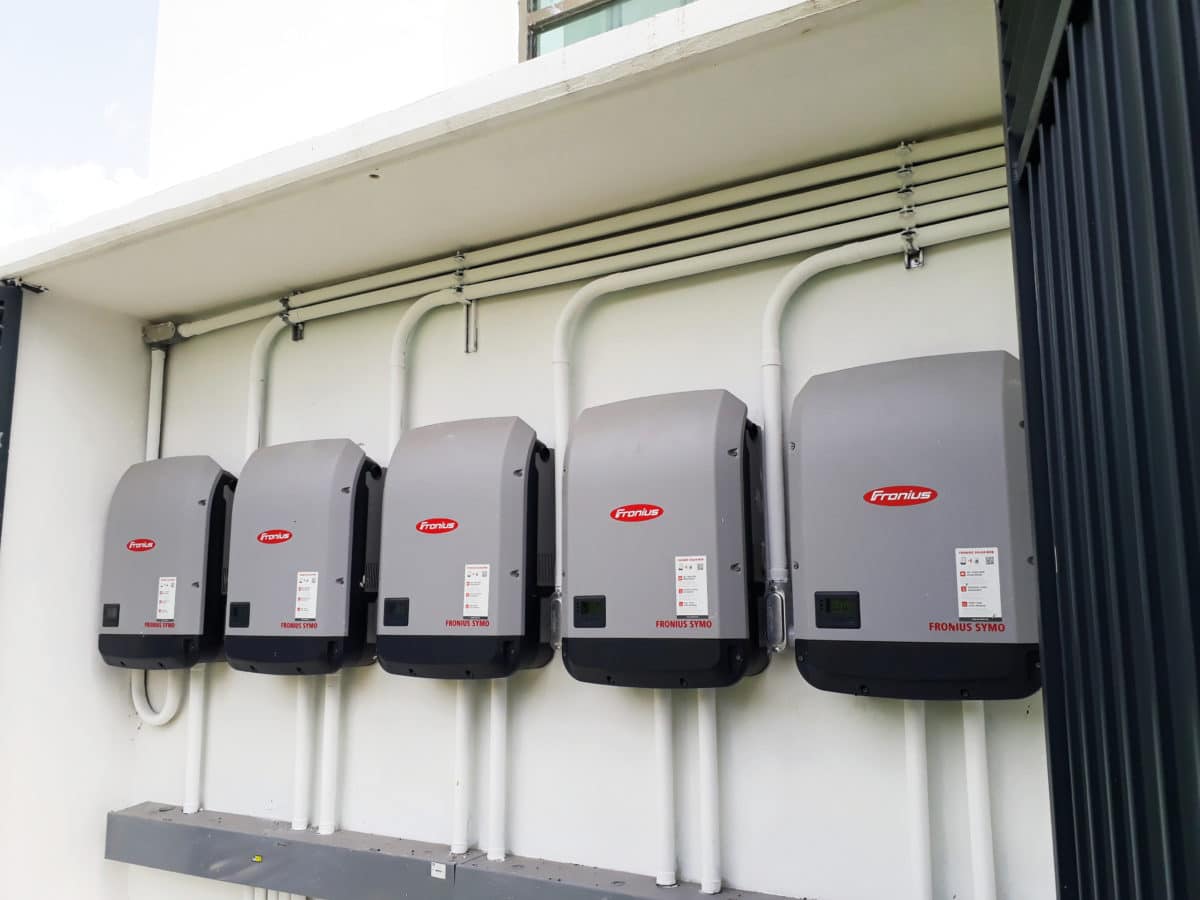When you look back in history, it’s easy to see that most mature industries had a period of development that led to standardization. From the common electrical plug to HDMI, the advent of standards gives customers a simple way to use a product and choose whatever brand they like.
As residential solar expands across the U.S. and safety requirements are now becoming mandated and written into law, the solar industry has reached a similar point with rapid shutdown. Regulations and requirements make the process of building a PV system more complex, and the components must communicate seamlessly to ensure they operate properly when the need arises.
With standardization in rapid shutdown, installers will enjoy the same level of choice and simplicity that other industries, like HDMI, do. This is why more companies are embracing the idea of standardized solutions and turning to the SunSpec Alliance to achieve certification for their products.
Working for more than a decade
Over a decade ago, the SunSpec Alliance recognized the need for solar and distributed energy standards for rapid shutdown, and since 2015 the organization has been working to build the world’s largest alliance of companies to drive standards. The organization also has certification programs in place for other communication interfaces including SunSpec Modbus and IEEE 2030.5 for smart inverters.
Through consensus among its members, SunSpec developed specifications to test solutions and establish a standard for rapid shutdown. Since 2009, manufacturing companies like Fronius, SMA and APsystems and testing labs including Underwriters Laboratories have supported the SunSpec Alliance in its pursuit of standardized solutions that will enable plug-and-play system interoperability.
Today that work is paying off. Right now, a total of 34 states are complying with NEC 2017 or NEC 2020 requirements. What this means is about 80% of the U.S. market now requires module-level rapid shutdown solutions for PV systems to ensure first responder safety in the event of an emergency.
It’s part of a growing trend of standardization across the industry as solar matures, with solar professionals also looking to comply with standards that apply to other parts of their systems.
To date, SunSpec has certified 11 products through its rapid shutdown certification program. Among these solutions are inverters, transmitters and balance-of-system products. A few examples include:
- APsystems’ APsmart RSD-S, a small but powerful device that can be integrated into a module frame or attached behind the module. It is tested and proven to work with nearly all major inverter brands.
- The Fronius Symo Advanced is a rapid shutdown-certified inverter for commercial applications, which combines benefits of modern string inverters with features like integrated power line communications, shade mitigation and zero tilt mounting.
- SMA’s Sunny Boy and Sunny Tripower CORE1 inverters come with rapid shutdown-certified transmitters and utilize a SunSpec certified receiver at the module for shutdown.
- JMTHY’s JMS-F rapid shutdown box is compatible with SunSpec rapid shutdown-certified devices and can be paired with a certified inverter to achieve rapid shutdown compliance.
As more products like these come on the market and work together seamlessly, complying with rapid shutdown will become easier and more cost-effective than ever before.
Why does standardization matter?
An industry with tried-and-true standards benefits everyone. And as rapid shutdown compliance spreads, business will become busier for component manufacturers with solutions that can work across systems. Standardization can also drive down costs and encourage more innovative efforts across the market.
Another key benefit of standardized solutions is that it saves customers from being locked into a proprietary product that may or may not be available down the road if a replacement part is ever needed. This is particularly important during times of uncertainty in the global economy like we’ve seen due to the recent pandemic.
Standardization also gives installers and their customers more choice when it comes to selecting the product that they feel offers the best quality and best performance with a cost that matches their needs.
The solar industry has made significant progress over the last decade, and the growing adoption and availability of standardized solutions proves it. As more companies, from manufacturer to installers, embrace the move, the industry will become even stronger.
***
Tom Tansy is Chairman of the SunSpec Alliance where he leads the Distributed Energy industry’s efforts to establish data and communication standards that enable seamless integration of solar PV and storage into the Smart Grid. Tom previously served as General Manager and Vice President of Business Development for Power-One (now part of ABB) and helped start electric vehicle manufacturer Zero Motorcycles.
The views and opinions expressed in this article are the author’s own, and do not necessarily reflect those held by pv magazine.
This content is protected by copyright and may not be reused. If you want to cooperate with us and would like to reuse some of our content, please contact: editors@pv-magazine.com.








But unfortunately, Sunspec is not a replacement for UL PVRSS rapid shutdown certification and Sunspec is not recognized by UL or NEC. What’s the point then?
SMA’s new JMS-F Sunspec certified device is stated by SMA as to not be compatible with their previous device, the SMA TS4-R-F-42 that is also Sunspec certified. Does this not defeat the intended purpose of Sunspec if two Sunspec devices do not work with each other?
@Cole Brewer UL PVRSS rapid shutdown certification is for functional behavior. As such, it is complementary to the SunSpec Rapid Shutdown communication system and SunSpec Certification.